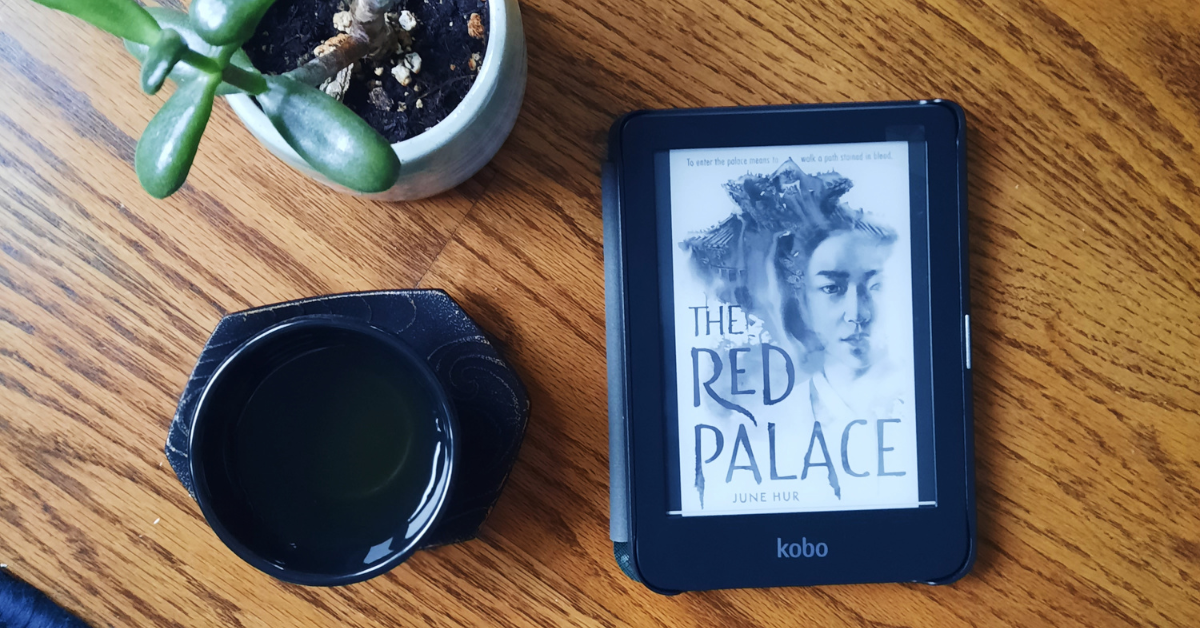I first heard about The Red Palace from the author, June Hur, herself. I stumbled across her Instagram reels recapping her various historical fiction novels, and when I read “a dark romantic mystery about a palace nurse and a royal investigator” I knew it was a must-read.
The novel takes place during the Joseon dynasty and based on the very real mysteries surrounding controversial Crown Prince Sado. The main character, Baek-hyeong (who goes by Hyeon), is a bastard, meaning she was born of a concubine who her father refuses to recognize which limits her social standing in life to that of a mere commoner. But through hard work and determination, Hyeon is able to become a palace nurse. It’s a high honour for her station and class, and when she is inevitably entangled in a murder investigation, she must choose between keeping her head down or risk losing it all to help Eojin, a young royal investigator solve the case. It’s a classic murder mystery and romance featuring palace intrigue. In short, a few of my favourite things.
I especially liked how Hyeon challenges the gender norms of her day. Living in a society based on Confucianism, she is frustrated and angered at the fact that her being a woman removes her agency, largely leaving herself and her mother and brother at the whims of an absentee father simply because of status.
“…[I]t was fathers like him that ruled the kingdom. Men like him determined who was worthy and who was not.”
June Hur, The Red Palace (50)
Yet, Hyeon is so full of anger at her circumstances that she resents her mother and brother for it, despite acknowledging that they are all really at the mercy of a larger system:
“To be a boy opened doors that would never open for me, shielded him in a way where my own status as a woman had stripped me naked.”
June Hur, The Red Palace (114)
I really liked this characterization of Hyeon and it establishes a strong dynamic with Eojin who, of course, is a love interest above her station, and therefore someone she starts off resenting as well. She is combative and ignores not only his but most of the police force’s orders to butt out when she learns that her much-beloved nursing teacher is being held as the main suspect. Without that fire and anger, it would be hard to believe that a single nurse could really solve a murder without any training in investigation.
In fact, most of the female characters challenge the Confucian notion of women being subservient. Most demonstrating a keen sense of how to navigate a system that shortchanges them whether they be nurses, concubines, or palace royals. This is advice from one royal lady to Hyeon captures it well:
“We are women,” she continued, “and nothing short of death stops us from doing precisely what we wish to do. That is what the laws and restrictions binding our lives breed: determination and cunning. The likes of you will not obey me. You will tell me that you intend to be as still as a rock, and yet I know you will dart from shadow to shadow like a fish.”
June Hur, The Red Palace (96)
What I also really enjoyed is that the stakes were well set. Hyeon shows a natural affinity for detective work, but she is still a human being. The action scenes, which include many classic K-drama tropes, feel creepier and more threatening since Hyeon lacks any real kind of self-defence. Perhaps its because I read this after some high fantasy, but I liked that the stakes were simply a murderer on the loose among normal people vs. that of a wonder protagonist who is incredibly strong, powerful, and capable of saving an entire kingdom.
Overall I rate the book a 4/5, and I’m definitely looking forward to reading more of Hur’s novels in the future.

